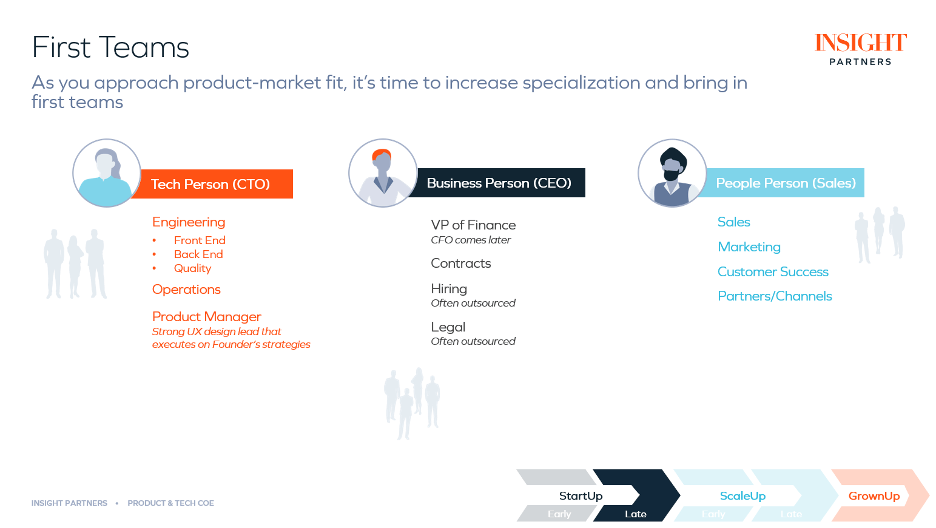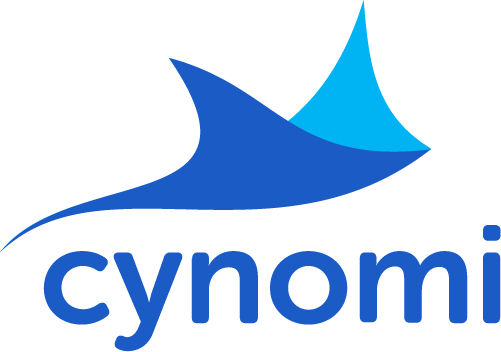
What CEOs need to know about product leadership in uncertain times

This article first appeared on CTech.com.
We’re in the midst of a Great Reset in tech, where sky-high valuations have come back down to earth, and startup funding is harder to come by. The ongoing adjustment to a challenging economic and funding environment has implications across every functional area of a startup, including the product function. Even in boom times, strong product strategy is essential for startups as it provides a roadmap for efficient resource allocation, differentiation in the market, responsiveness to changing conditions, a customer-centric approach, risk mitigation, investor confidence, and long-term sustainability.
Amid today’s challenging environment and looking forward through 2024, early- and growth-stage companies need a product strategy that not only helps them survive, but ultimately gains and maintains a competitive edge. This requires a product leader who can drive and execute on the strategy, and in the case of more mature startups, help formulate the strategy as well. Having the right product leader in place is paramount, but when and who to hire isn’t always evident.
CEOs often have the big ideas about product but need resources to put them into practice
CEOs of early-stage companies typically exhibit strengths in either product and technology or go-to-market (GTM). They are often the “big idea” person and have relationships that will net the first customers. In the early days of the company, the CEO also needs to play the role of generalist, typically taking on all the tasks needed to establish and run a business. There’s no shortage of work to be done as a CEO.
However, a time will come on a company’s ScaleUp journey when CEOs and founders have to let go and begin delegating responsibilities to others in order to focus more on the business. This is the “CEO Teeter Totter”— learning to find balance and clarifying strengths as the business scales up. This requires a clear understanding of personal strengths and interests, then filling the gaps with the best people possible for the job.
Product leaders are the key piece of the puzzle
Product leaders come in at a pivotal junction on the ScaleUp journey — where the CEO is finally ready to delegate product execution, and eventually, product strategy. Whether a company is making its first product leadership hire with a maturing product leader who can grow into the CPO role, or bringing on a more experienced new hire at the CPO level, being able to work cross-functionally is critical to the job.
One of the most important cross-functional skills that product leaders possess is maintaining open lines of communication. Product leaders should provide regular updates to the CEO and appropriate internal and external stakeholders on the product’s progress, key milestones, and any challenges or opportunities. They should also collaborate with the broader executive team to help shape and align to marketing, sales, GTM, and other strategies where the product is at the heart.
A method to the product leader hiring madness
As a startup is approaching the ScaleUp phase, typically on the cusp of product-market fit, the time is right to scale functional teams. These “first teams” roll into a member of the executive team and represent the first shift away from a group of generalists who wear many hats to more specialized teams across product, sales, and business. For the product function at this stage, it’s often better to invest in an experienced product manager who can guide product and design instead of a senior product leader.

Once the first teams have helped the company settle into the ScaleUp stage, it’s time to build the first organizations. This is a pivotal moment for the company because it signals that the CEO and CTO are ready to delegate product strategy deployment to a Head of Product. The Head of Product is not yet taking on full ownership of product strategy formulation; the ideal candidate is a collaborative product leader who can help facilitate the executive and product teams into a product strategy deployment framework that helps them take the strategy, make decisions, and drive the business forward.

The Head of Product is generally not a C-level hire. Hiring someone too senior at this stage can create confusion and a lack of alignment between them and the CEO/CTO due to the battle over ownership of strategy formulation. It’s better to look for a candidate excited to focus on strategy deployment and ensure consistent execution against the roadmap. Great hires have the leadership experience and career maturity to eventually grow into the CPO role.
What to look for in a CPO
As organizations mature into the later stages of being a ScaleUp, the executive team will be rounding out a full suite of C-level team members. This is also when the executive team evaluates whether the company needs a focused leader whom the CEO can trust with the delegation of product strategy formulation. With the hiring of a true CPO, the ownership of formulation and deployment of product strategy shifts out of the CEO/CTO or founder’s hands and into the CPO’s, who executes the strategy through the product team.
A great CPO candidate will have a strong framework for driving strategy deployment while also being in the driver’s seat for formulating strategy. This doesn’t mean they form product strategy in isolation — strong CPOs regularly engage and drive collaboration among stakeholders in forming and refining strategy. However, they are the decision maker and driver of the process, so CEOs must be careful not to hire someone too junior who won’t know how to do the strategy work, thus needing constant guidance from the CEO or CTO.
There are many reasons to be optimistic about the new year — the term “cautious optimism” has been thrown around recently when describing investor outlooks for 2024. It’s also important to know the valleys, swamps, and obstacles that can keep a business from reaching its potential. By understanding the product function’s role in propelling all functional areas of a startup forward, and by being able to identify the critical junctures at which to hire a product leader who can run with a winning product strategy, CEOs will unlock a stronger, faster, and more efficient business that is primed for long-term success.









